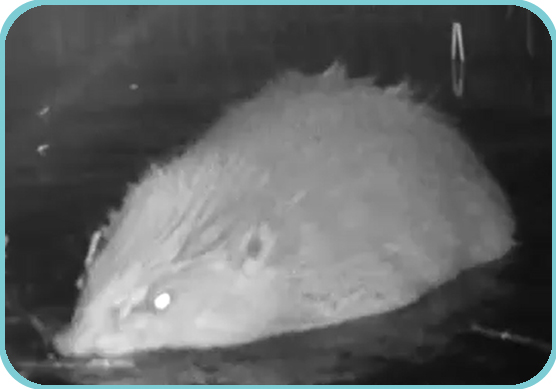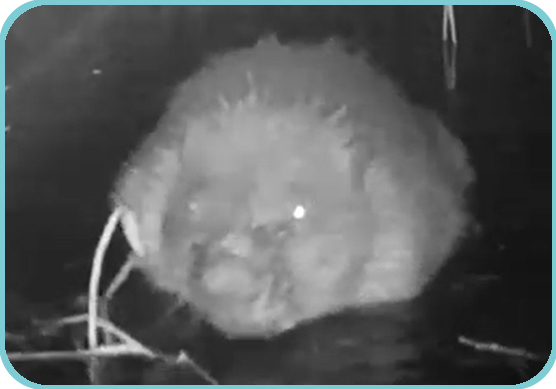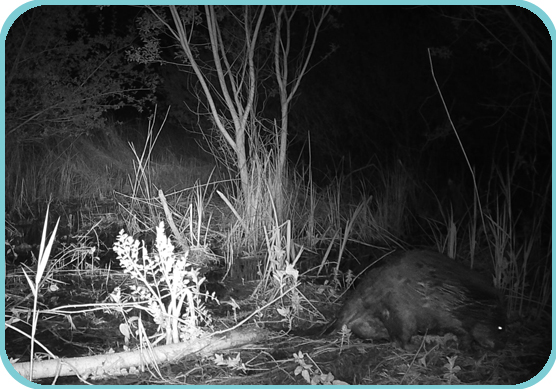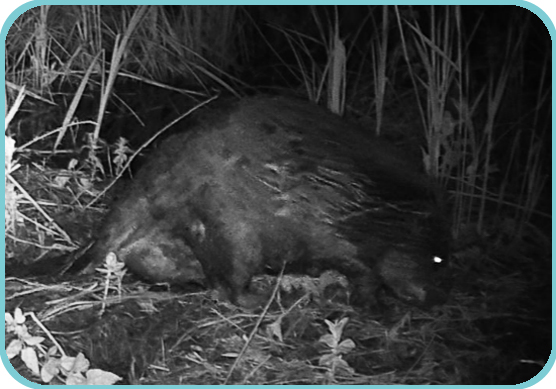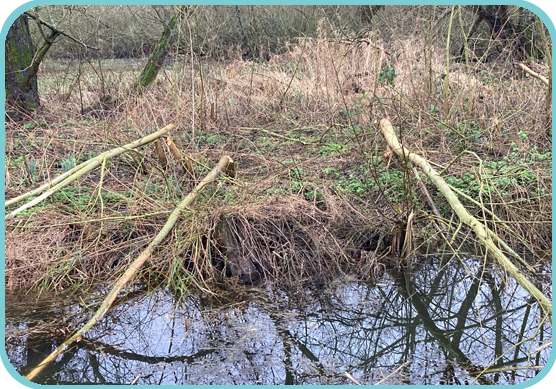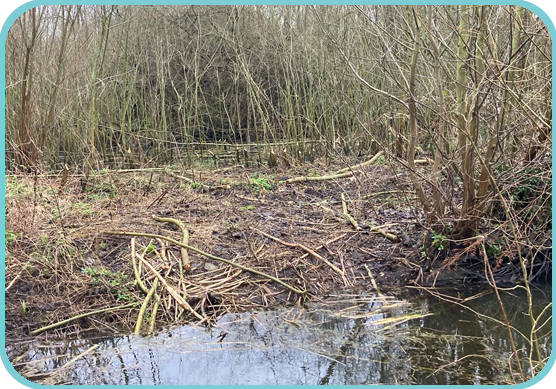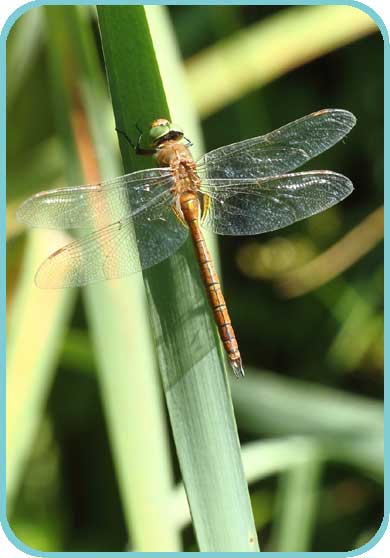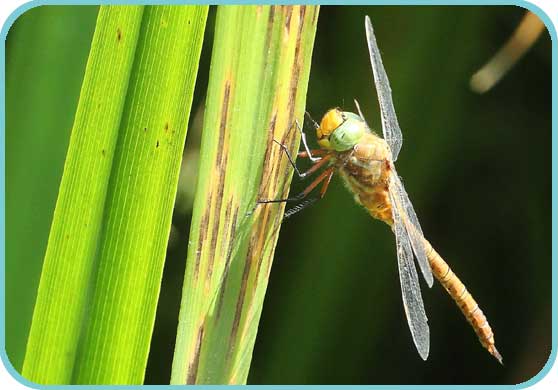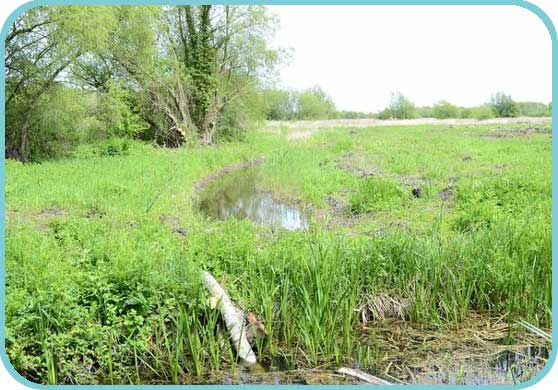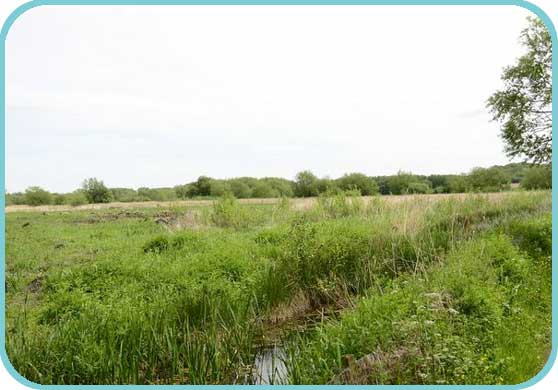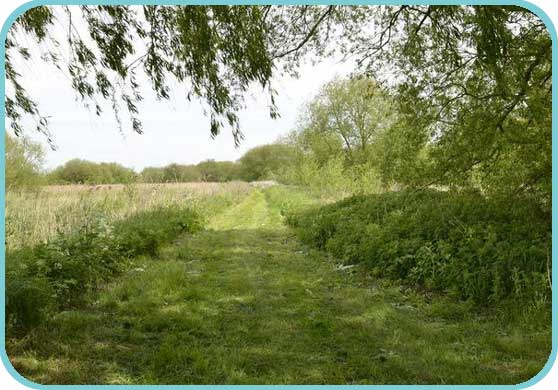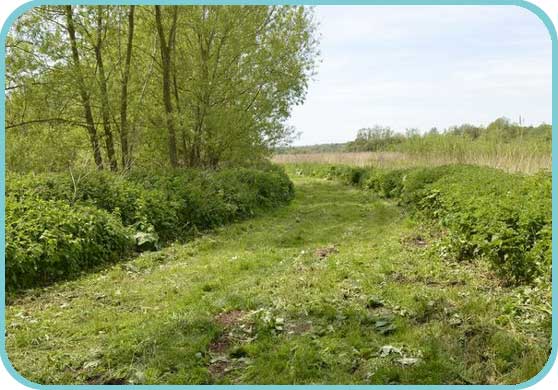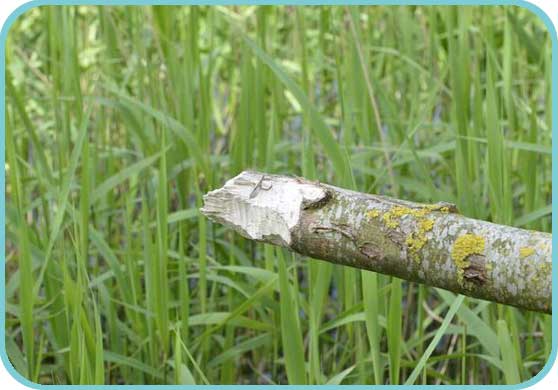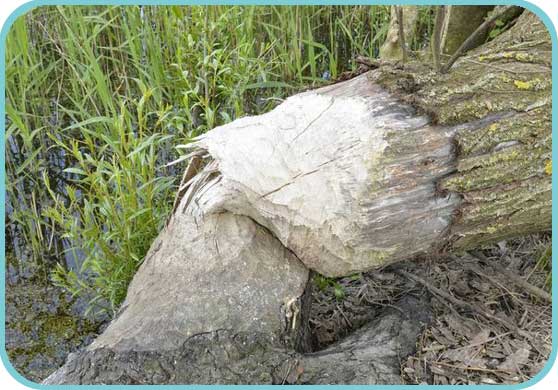Westbere Reserve - Latest news
Welcome to The Twilight Zone
When the largest of Britain’s crepuscular mammals first left its mark on our Westbere reserve back in 2015, it was assumed to be an escapee from the KTN enclosure further downstream, and just passing through. However, our reserve proved to be a perfect environment and irresistible to Castor fiber, and now Beavers are back on the Great Stour, and doing very well.
A once common site in the English countryside, the Eurasian beaver became “extinct” in this country in the 16th century, notwithstanding the last known reference to the sale of a beaver’s head in 1789. Hunted for its thick warm fur, it was an easy target and a very lucrative fur trade that brought about the demise of this extraordinary creature, but 500 years later they are back in abundance on our wonderful reserve.
Westbere reserve proved an ideal home for the herbivorous Beaver, with its already rich biodiversity, protected reed beds, ponds and pools, interlaced ditches, proximity to the river, and of course the beaver’s favourite architectural material, willow coppice. These dam-building rodents transform their environment by creating new wetland habitats and maintaining existing ones. Our beavers have built themselves a huge lodge in the heart of the reserve, keeping them warm and dry, forever dragging in more felled willow to enlarge and repair it. They have dug a mosaic of channels throughout the site making it possible for them to travel around out of sight.
We continually monitor the beaver’s activities, and our Reserve Manager works closely with NE and the EA during the recolonization, and whilst we treasure their presents on the reserve, there are pitfalls! The reserve does not drain and dry as quickly as it did, making reedbed management more difficult. The new thigh-deep beaver channels make negotiating the reserve on foot quite hazardous, and their channels to the river cross a public footpath making hard work for our warden to constantly maintain it. And on our neighbouring fishing lakes, managed by the Kent Wildfowling & Conservation Association, there is concern that the new channels are allowing phosphate high river water to freely flow through the lake, endangering the fish stocks. Despite these minor setbacks we are confident that left to their own devices the beavers will continue to thrive and expand their territory, creating new and wonderous wetland throughout Kent. (Pictures from our infrared cameras.)
English beavers were given protected status in 2022, making it illegal to kill them or interfere with their habitats.
Norfolk Hawker breeds at Westbere
There are some very positive signs that all the hard work of our members
and the dedicated volunteer helpers over the years, since we purchased
the Westbere site, are showing results.
In the last few days there have been reports of a Norfolk Hawker Dragonfly
(Aeshna isosceles) being seen on our Reserve at Westbere. This is quite
exiting, as there are only three previous records for this species in
the County ever. It does, however, get better, as today three were seen,
probably two males and a female. They were observed by several people
mating and the female was seen laying eggs. The view seems to be that
they may have bred before, unobserved, in the area, and these insects
are the first emergent as adults. Now it could be coincidence, however
this species does seem to require clear water & stable water levels
in order to breed. This is something which we have created with our reed
bed management over the past few years.
The reserve is well known as something of a hot spot for Odonata by Kentish enthusiasts, with healthy colonies, of the uncommon to the County, Scarce Chaser and Variable Damselfly, plus an excellent variety of the more frequent species.
HSL capital works
Although the weather conditions meant that the marsh was particularly
wet in early 2013, we have seen some exciting and unexpected capital works
taking place at Westbere. Our original HLS capital works plan was completed
during 2012 however due to the resounding successes achieved, our Natural
England Adviser agreed to provide additional funding for two major projects
for 2013.
Whilst our volunteer work parties continue to make steady progress with
scrub and willow clearance, there are areas of dense vegetation that are
practically in penetrable to hand tools and some established trees that
are way beyond the capabilities of our volunteer chainsaw operators. One
of the projects funded by NE enabled us to pay for a specialist contractor
with a wide tracked 360 machine with a tree felling capacity. The machine
has munched its way through a huge amount of scrub to the north and south
of the Boot Lake. A second, but equally important, project also utilised
the same machine this time with a ditching bucket clearing a significant
length of ditches, previously inaccessible due to the dense scrub. A new
crossing point has been installed which has now made the final compartment
accessible for the first time.
Reed clearance
Earlier in the year, our site manager, assisted by a fair wind, managed to clear a significant area of reed, which has promoted a healthy new growth to come through.
Bird ringing
Our team of BTO bird ringers continue to experience success with a full program planned throughout the year. Last year, working with our site manager, they identified areas for improvement which we have acted upon over the winter period and hopefully we will see the benefits reflected in this years ringing returns.
Fishing at Westbere
The Kent Wildfowling & Conservation Association now has an active member co-coordinating the club’s Fishing Section, and he has submitted proposed plans for improvements around the Boot Lake area.
Beavers back in the wild
A totally unexpected visitor has recently left its mark at Westbere,
a Beaver has been assisting with our willow clearance, felling a number
of significant specimens. As soon as we were aware of this intruder we
made contact with our friends at the Environment Agency who met our site
manager and confirmed that the damaged trees were consistent with a Beaver.
It is understood that all Beavers currently held in captivity can be accounted
for, however a small group were released into secure area at Ham Fen some
years ago so it is possible that they may have bred and the offspring
escaped at some point. We will continue to monitor the situation and provide
further updates when available.

